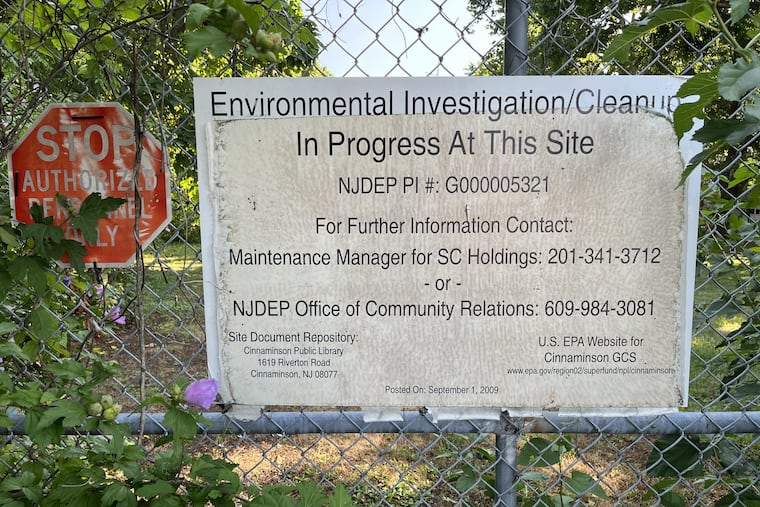EPA to clean up South Jersey Superfund site that emits ‘harmful vapors’ into homes, businesses
The remediation plan calls for digging up soil and treating groundwater, some of which might be flowing into the nearby Delaware River.

The remediation plan calls for digging up soil and treating groundwater, some of which might be flowing into the nearby Delaware River.
